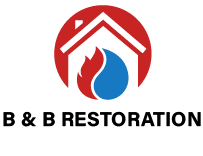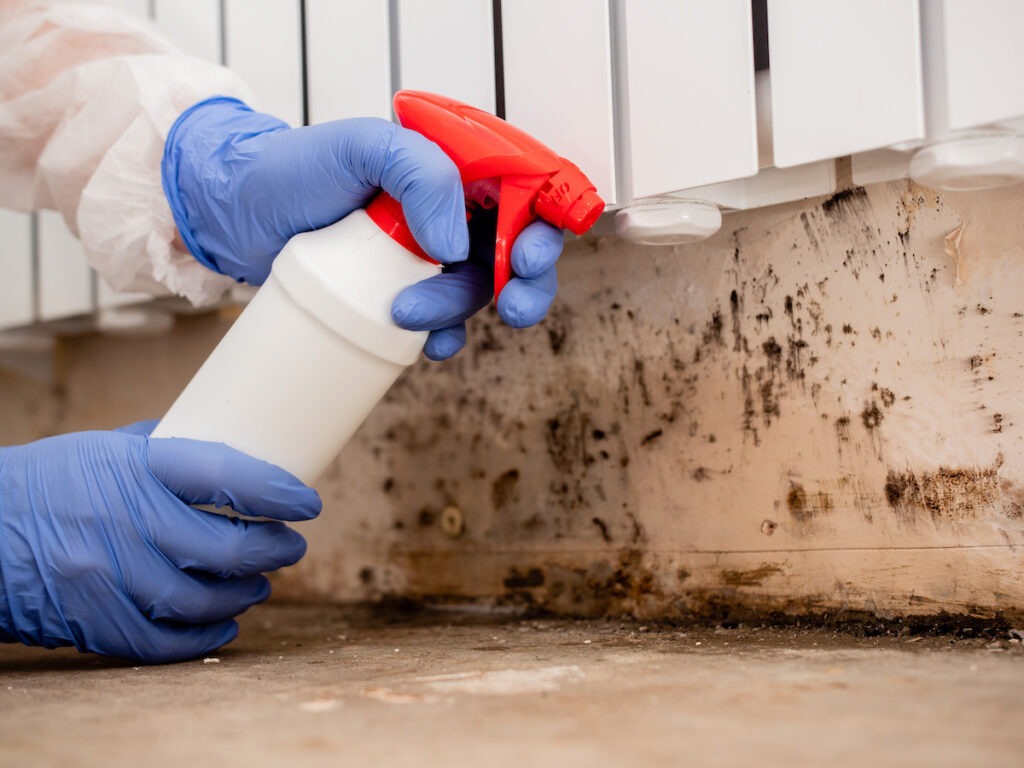How To Remove Mold From Wood
Mold is a danger to the lovely wood in your house or workplace. It ruins how nice your favorite wooden items look and sends out small particles that can lead to allergy problems, breathing difficulties, and other major health issues. It is essential to deal with mold quickly because it can spread easily and cause a lot of damage if we do not control it.
Preparation Before Removing Mold
Before you start to clean mold in your home, it’s very important to get ready properly and take safety measures.
Identify the Source
Find out why the mold is growing, maybe because of a pipe that leaks, damage from water, or too much dampness. Fix this problem so that mold does not grow again in the future.
Put on Safety Gear
When you remove mold, it is important to guard your health because mold sends out spores and substances that can be harmful. Make sure to wear the right protective equipment like gloves, goggles for safety, and a mask or breathing device over your face. These objects will create a shield to protect from possible things that cause allergies and bad substances found in the mold.
Clean Furniture Outside
When you clean mold from wooden furniture, it is better to do it outside where there is more room for working easily. Outside air and good airflow will make the mold in the air go away faster and lower the chances of getting sick. If you cannot clean outside, try to reduce air movement and keep the space with mold closed off so that the spores do not spread.
Methods to Remove Mold from Wood
Here are five very simple and effective methods to remove mold from your wood.
1. White Vinegar
White vinegar is shown to work well for fighting against mold on wooden surfaces. It’s a very dependable item you can find at home for this use. This common item in the kitchen has a secret for fighting mold: acetic acid. When white vinegar touches mold, it breaks its formation and slows down how much it grows.
Steps for Using White Vinegar for Mold Removal from the Wood
- Take a spray bottle and fill it with white vinegar.
- Spray the white vinegar generously on the area where mold is present, covering it well, especially where you see the mold.
- Let the vinegar sit on the mold for a minimum of one hour. This time is necessary so that the acetic acid can properly weaken the structure of the mold.
- Clean the surface with mold by using a sponge to scrub it. Then wash the wood using soap and water to get rid of vinegar and any remaining mold pieces.
- After you clean, ensure that the wooden surface is totally dry. Mold grows well in wet places, so it’s important to dry properly to stop it from coming back.
Dishwashing Soap and Warm Water
Safe solutions can often be discovered within our kitchens. This mild but efficient mold cleaning method provides an easy way to bring back the natural charm of your wooden surfaces.
Steps to Clean Mold with Soap and Warm Water
- Take a bottle that can spray and put it inside hot water, then mix in a little dish soap – just need to use a small bit. Shake the bottle soft so the soap mixes with water.
- Spray the wood with the soap and warm water solution.
- Allow the solution to sit on the surface of a wood for a few minutes.
- Clean the area with mold in circles. Warm water and soap help to remove the mold by lifting it away.
- Wipe away the loosened mold and soap residue with a clean cloth.
- Let the wood completely dry.
3. Bleach Solution
This method works very well and the process is simple. The steps you should take are:
- In a tidy vessel, you should stir the mixture together. It is usually advised to merge one portion of bleach with two portions of water and add soap.
- For proper mixing, stir the solution with a stick.
- Start to put the solution on the wood where you see mold. Press softly but with strength, and make round movements with your brush to remove the mold.
- After you thoroughly clean the mold, wash the wooden area with fresh water and let it dry in the air.
- Be careful not to mix chlorine bleach with ammonia products because it can make dangerous gases.
4. Vacuuming
When you vacuum, it helps to take away mold spores so they do not spread into the air. But for best results, using a vacuum that has a HEPA filter is recommended.
HEPA filters catch and hold tiny particles, such as mold spores. They can filter with high effectiveness, catching up to 99.97% of particles that are at least 0.3 microns in size. Like this, the vacuum catches the mold spores so they cannot spread back into the air around us.
A vacuum equipped with a filter takes mold removal to the next level.
5. Sanding
When dealing with mold stains that do not go away with usual cleaning, sanding the wood can help to bring back its good appearance.
Sanding is a method where you use rough materials to take off the top layers from a surface, which can be areas on wood that have mold growth.
Important Steps of Sanding Mold off Wood
- Use a smooth sandpaper, with grit between 100 and 220, to take away the moldy parts and stains.
- Check the wood surface after sanding to make sure that you have removed all the mold.
- Wipe the surface with a clean cloth and dishwashing soap solution.
- Let the furniture air dry.
- Apply a new finish to the wood surface.
Conclusion
Cleaning mold from wood well requires you to be very careful and use the right tools. First, check how much mold there is and what kind of wood has it. Use the right cleaning liquids for example vinegar or hydrogen peroxide to clean mold off surfaces without risk. Brush the wood softly and let it dry all the way so that more mold doesn’t grow. Make safety a priority and always wear protective clothing when you clean.

